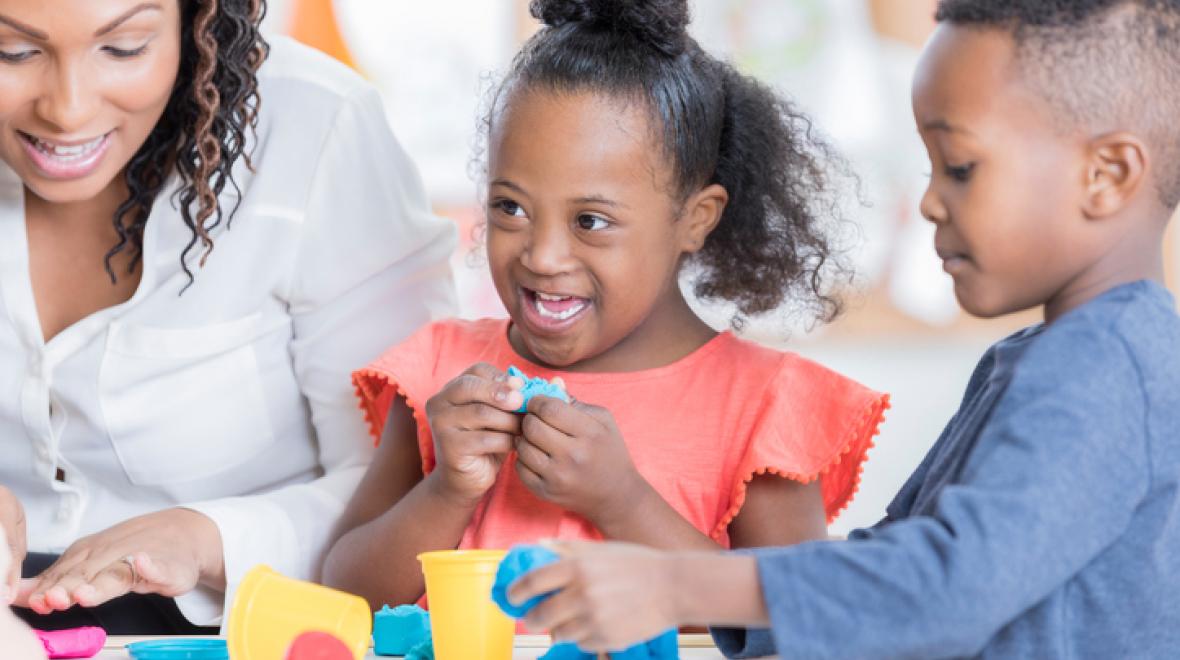
As a teacher, I’ve worked with countless parents whose children have special needs. Often, I’ve been the first professional to broach the subject, the person who helps parents navigate their fears, concerns and the logistical process. In the end, many parents find they have more questions than answers. What’s next? And, how do I do what’s best for my child?
What follows are best practices, drawn from years of teaching and from interviews with parents and experts, that might alleviate some worry, generate questions for consideration and offer reassurance as you navigate the path ahead.
Arm yourself with information.
One of the best things you can do is gather all the information you can. Understanding the manifestations and nuances of a diagnosis will make you a better advocate for your child. The internet is a plethora of information — some of it useful, some of it not. Choose your sources carefully and understand that not everything out there will apply to your situation. Do your research, ask questions and connect with experts to determine what your child’s diagnosis means.
Establish clear lines of communication.
I can’t emphasize enough how important regular and open communication is between parents and teachers. Being up front about your child’s diagnosis and needs will help their teachers develop effective learning strategies. Be receptive to the teacher’s observations and trust that they want what’s best for your child.
At the same time, be proactive about what you’re noticing outside of school. Changes at home can affect your child’s classroom experience. Schedule regular check-ins with the teacher to monitor your child’s progress.
Develop a plan of action.
One of the best things a parent can do for a child in the wake of a diagnosis is to develop a strategy for success. A teacher is a great resource in this process. Rely on their expertise to develop attainable short- and long-term goals, as well as measurable benchmarks for assessment. Ask questions and share your own concerns and expectations.
Bring all key players to the table.
Therapists, psychologists and tutors use different skills to work with your child. Allow teachers to communicate with these experts to develop a multipronged learning plan. Margaret Kulkin, a Washington state educator and director of Northwest K–8 Learning Support, suggests vetting professionals by checking their references and credentials. Then, trust them to lead you forward.
Ask, 'Is this the best learning environment for my child?'
Many parents establish an educational game plan long before a child’s first day of school. However, a special-needs diagnosis could cause you to reevaluate that plan. Trust your gut. If you don’t believe your child is in the best environment, don’t hesitate to consider other options.
Be flexible with expectations.
With every child with special needs, outcomes can be uncertain. Parents and teachers should work in tandem to set realistic expectations for the child, but they should also understand that the child’s needs can change over time. The child may require more support, or less. Finding effective strategies can be an ever-evolving process.
Build a community of support.
Find resources to guide you: a learning specialist, a support group, doctors conducting research in your area. You might not feel the need for a traditional support group, but having something as simple as an online group of fellow parents can be a great source of empathy as well as practical support.
Model advocacy.
If your child sees you advocating on their behalf, they’ll feel more empowered to do the same. In time, they may learn to speak up about their own needs, including when and how to ask for help. Discussing a diagnosis openly and thoughtfully can help demystify the experience and reassure your child that there’s nothing wrong.
This article was originally published in February 2018, and updated in September 2019.











